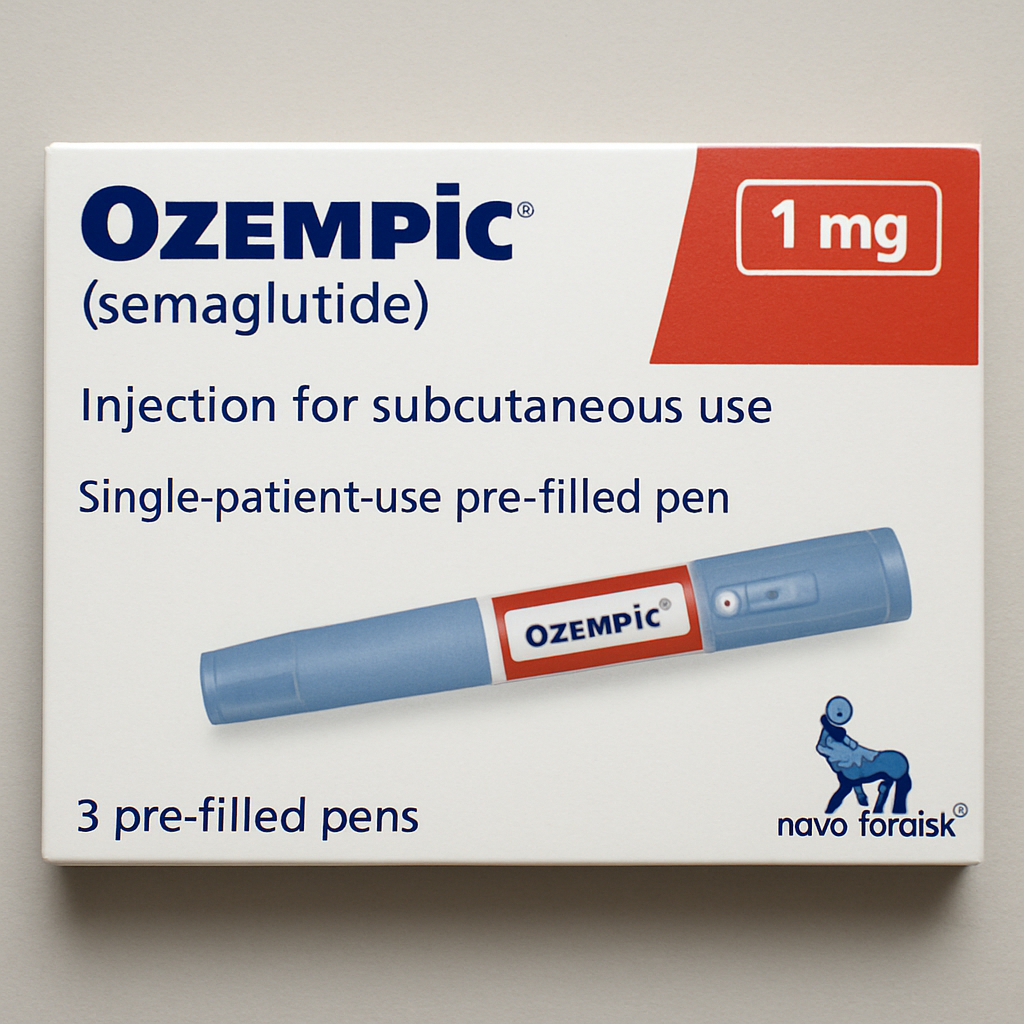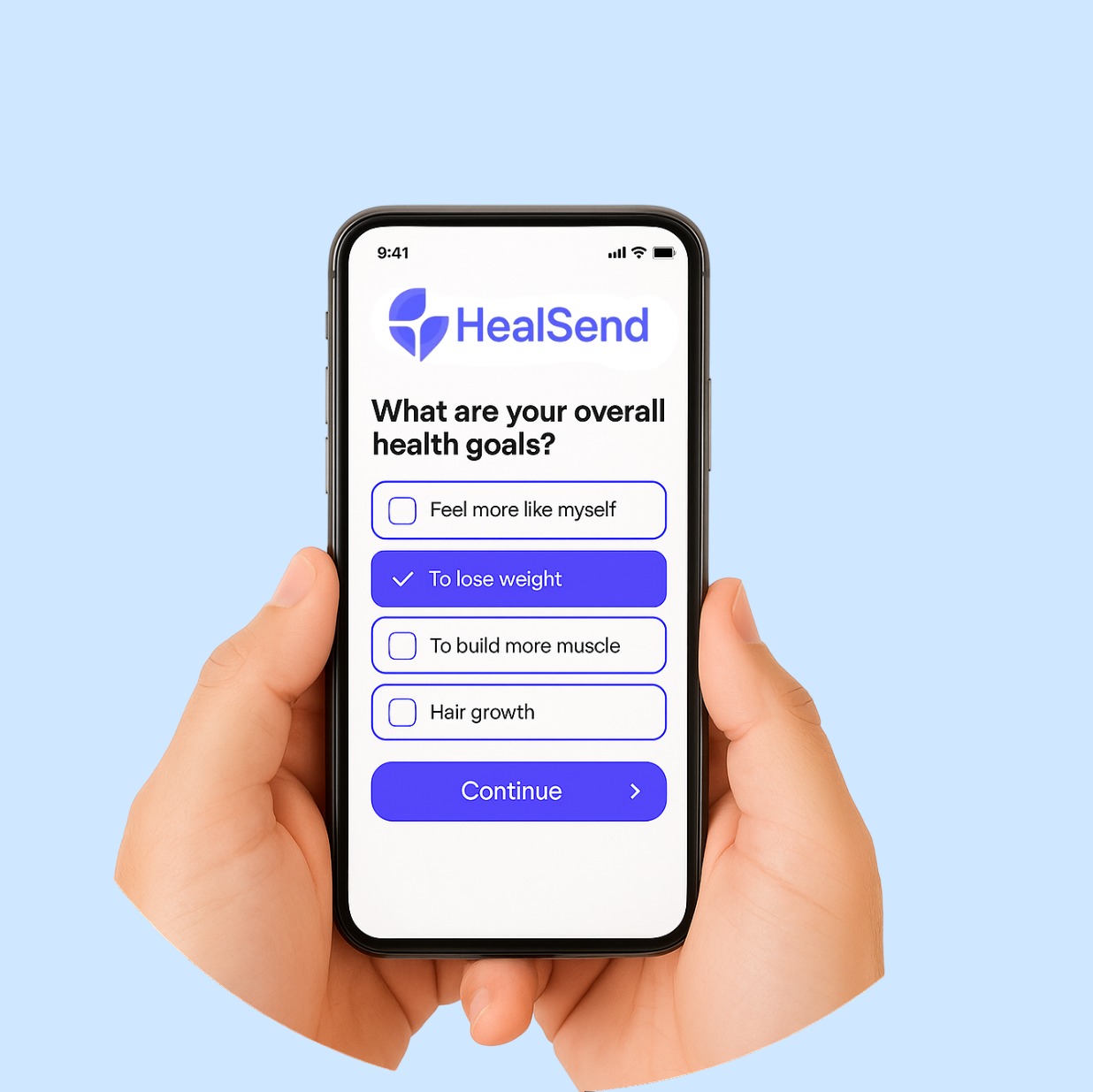Navigating the world of diabetes medication can be complex, especially when faced with choices like Ozempic and Compound Ozempic. Both aim to regulate blood sugar levels, but they have significant differences worth exploring. In this article, we’ll break down the key distinctions between these two options to help you make informed decisions about your health.

What is Ozempic?
Ozempic is a brand-name prescription medication used to improve blood sugar control in adults with type 2 diabetes. It belongs to a class of drugs known as GLP-1 receptor agonists, which work by stimulating insulin release and reducing the amount of sugar the liver produces. This mechanism helps to maintain stable blood sugar levels throughout the day. Ozempic is typically administered via a once-weekly injection, which offers convenience for patients who might struggle with daily medications.
The development of Ozempic has been a significant advancement in diabetes treatment, as it not only targets blood sugar levels but also addresses weight management, which is a common concern for individuals with type 2 diabetes. In clinical trials, Ozempic has demonstrated its efficacy in reducing hemoglobin A1c levels, a key marker of long-term blood sugar control. This makes it a comprehensive solution for many patients.
How Does Ozempic Work?
Ozempic works by mimicking the action of the natural hormone GLP-1, which is involved in the regulation of appetite and insulin secretion. By enhancing the body’s natural response to food intake, Ozempic helps in slowing gastric emptying, which can lead to a feeling of fullness and reduced appetite. This, in turn, can contribute to weight loss, a beneficial side effect for many individuals with type 2 diabetes.
The action of Ozempic on the GLP-1 receptor also helps to improve cardiovascular outcomes. This is particularly important because individuals with diabetes are at an increased risk of heart disease. By addressing both blood sugar levels and cardiovascular health, Ozempic provides a dual benefit that can significantly improve quality of life for patients.
Ozempic Dosage
The standard starting dosage of Ozempic is 0.25 mg once a week for the first four weeks, which helps your body adjust to the medication. After this period, the dosage is often increased to 0.5 mg once a week. This gradual increase in dosage is crucial to minimize the risk of gastrointestinal side effects that are common with GLP-1 receptor agonists.
Some patients may require a further increase to 1 mg once weekly if additional glucose control is necessary. The flexibility in dosage allows healthcare providers to tailor treatment plans to individual patient needs, ensuring optimal management of blood sugar levels. It’s important for patients to follow their healthcare provider’s instructions closely and report any side effects or concerns.
Benefits and Side Effects of Ozempic
Ozempic has been shown to significantly lower blood sugar levels and support weight loss, making it a popular choice for managing type 2 diabetes. It offers the convenience of a once-weekly injection, which many patients find easier to adhere to compared to daily medications. The weight loss associated with Ozempic can also have a positive impact on overall health, reducing the risk of other obesity-related conditions.
However, it’s important to be aware of potential side effects, which can include nausea, vomiting, diarrhea, and abdominal pain. Most side effects tend to lessen over time as your body adjusts to the medication. It’s crucial for patients to communicate with their healthcare provider if side effects persist or become bothersome, as adjustments to the treatment plan may be necessary.
What is Compound Ozempic?

The Basics of Compound Ozempic
Compound Ozempic refers to a custom-made version of the medication, created by a licensed pharmacist in a compounding pharmacy. This option may be considered for patients who require a different formulation or dosage than what the commercially available Ozempic offers. Compounding involves altering the standard drug formulation to meet the unique needs of individual patients.
Compounding pharmacies play a vital role in personalizing medication for patients who might have specific allergies or sensitivities to certain ingredients in commercial preparations. By customizing the medication, compounding pharmacies can provide a solution that is tailored to the patient’s unique medical profile, ensuring that they receive the most effective treatment.
Reasons to Consider Compound Ozempic
Compound Ozempic might be chosen for reasons such as allergies to certain ingredients in the commercial version, or the need for a dosage not available in standard Ozempic. Some patients may also have difficulty with the injection method and require an alternative form, such as an oral suspension or topical application. Compounding pharmacies can tailor the medication to meet specific patient needs, potentially offering a more personalized approach to treatment.
Another reason patients might opt for compound Ozempic is the need for combination therapy. Compounding allows for the inclusion of additional active ingredients that might be beneficial in managing multiple aspects of diabetes or other coexisting conditions. This approach can simplify treatment regimens by reducing the number of medications a patient needs to take.
Potential Risks and Considerations
While compounding can offer benefits, it also comes with risks. Compound medications are not FDA-approved, meaning their safety, efficacy, and quality are not guaranteed in the same way as commercially produced drugs. This lack of oversight can lead to variability in the strength and purity of compounded medications, which can impact their effectiveness and safety.
It’s crucial to work closely with your healthcare provider and a reputable compounding pharmacy to ensure the best outcomes. Patients should verify that the compounding pharmacy is appropriately licensed and follows strict quality control measures. Open communication between the patient, healthcare provider, and pharmacist is essential to monitor for any adverse effects and to make necessary adjustments to the treatment plan.
Comparing Ozempic and Compound Ozempic
Efficacy and Safety
Both Ozempic and Compound Ozempic aim to improve blood sugar levels, but their efficacy can vary. Ozempic, being FDA-approved, has undergone rigorous testing to ensure its safety and effectiveness. This includes large-scale clinical trials and post-marketing surveillance to monitor for any long-term adverse effects. The approval process provides assurance to patients and healthcare providers regarding the medication’s reliability.
On the other hand, Compound Ozempic lacks this level of scrutiny, which may affect its reliability. The variability in compounding practices can lead to differences in the medication’s potency and bioavailability. Patients considering compounded medications should discuss the potential risks and benefits with their healthcare provider to make an informed decision.
Dosage Flexibility
One of the advantages of Compound Ozempic is the flexibility in dosage and formulation, which can be adjusted to meet specific patient needs. This is particularly beneficial for those who do not respond well to standard dosages or have unique medical conditions. The ability to customize the medication allows for a more tailored approach to diabetes management.
For patients with specific dietary restrictions or allergies, compounded medications can exclude certain excipients that might be present in commercial formulations. This personalized approach can improve adherence and satisfaction with the treatment plan, ultimately leading to better health outcomes.
Cost Considerations
The cost of diabetes medication can be a significant factor in treatment decisions. Ozempic, as a brand-name drug, can be expensive, especially without insurance coverage. Many patients find themselves burdened by the high cost of their medications, which can impact adherence and overall health outcomes.
Compound Ozempic may offer a cost-effective alternative, although this can vary depending on the compounding pharmacy and the specific formulation required. Some patients may find that compounded medications are more affordable, particularly if they are tailored to exclude unnecessary ingredients. It’s important for patients to discuss cost considerations with both their healthcare provider and pharmacist to determine the most financially viable option.
Exploring Alternatives to Ozempic

by Towfiqu barbhuiya (https://unsplash.com/@towfiqu999999)
Other GLP-1 Receptor Agonists
If neither Ozempic nor Compound Ozempic seems right for you, other GLP-1 receptor agonists are available. Medications like Trulicity and Victoza offer similar benefits and might be worth discussing with your healthcare provider. Each of these medications has unique attributes, such as dosing schedules and side effect profiles, which can influence their suitability for different patients.
Exploring alternative GLP-1 receptor agonists may provide patients with options that better align with their lifestyle and health needs. These alternatives may also offer different formulations, such as once-daily or once-weekly dosing, providing greater flexibility for patients with varying preferences.
Non-GLP-1 Diabetes Medications
In addition to GLP-1 receptor agonists, there are other classes of diabetes medications available that might be more appropriate for certain patients. Options such as SGLT2 inhibitors, DPP-4 inhibitors, and insulin therapy can provide effective blood sugar control. Each class of medication works through different mechanisms, allowing healthcare providers to tailor treatment plans based on the patient’s specific health profile.
Discussing non-GLP-1 options with a healthcare provider can help patients understand the potential benefits and risks of each medication. This comprehensive approach to diabetes management ensures that patients receive the most appropriate and effective treatment for their condition.
Lifestyle Changes and Supplements
In addition to medication, lifestyle changes such as diet, exercise, and weight management play a crucial role in managing type 2 diabetes. A balanced diet rich in whole foods and regular physical activity can significantly improve blood sugar control and overall health. Patients should work with their healthcare providers to develop a sustainable lifestyle plan that complements their medication regimen.
Some patients also explore supplements, though it’s important to consult with your healthcare provider before adding any new supplements to your regimen. While certain supplements may offer health benefits, they can also interact with medications or exacerbate certain conditions. An informed discussion with a healthcare provider ensures that any supplements used are safe and effective.
Making the Right Choice for You
Choosing between Ozempic and Compound Ozempic, or considering alternatives, requires careful consideration of your health needs, lifestyle, and financial situation. It’s essential to have an open dialogue with your healthcare provider to explore all options and determine the best course of action for your diabetes management. Consideration of factors such as medication efficacy, potential side effects, and personal preferences will guide the decision-making process.
Conclusion
Both Ozempic and Compound Ozempic offer potential benefits for managing type 2 diabetes, but they come with distinct differences in terms of safety, efficacy, and flexibility. By understanding these key differences and considering alternatives, you can make informed decisions that align with your health goals. Always consult with your healthcare provider to ensure that your treatment plan is tailored to your unique needs. Regular follow-ups and open communication with your healthcare team are crucial to achieving optimal diabetes management and maintaining a high quality of life.


